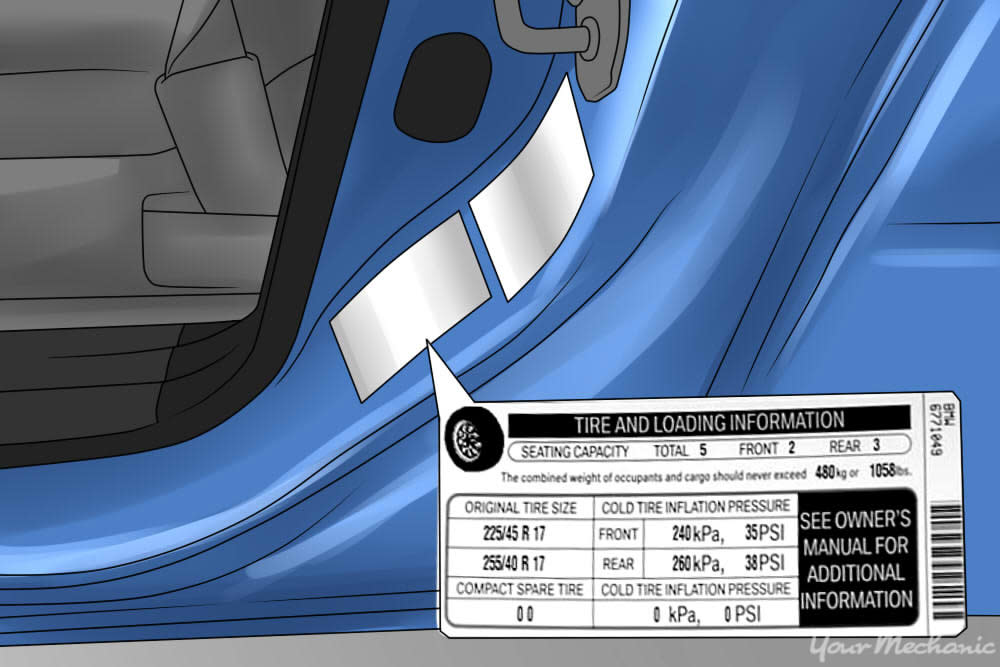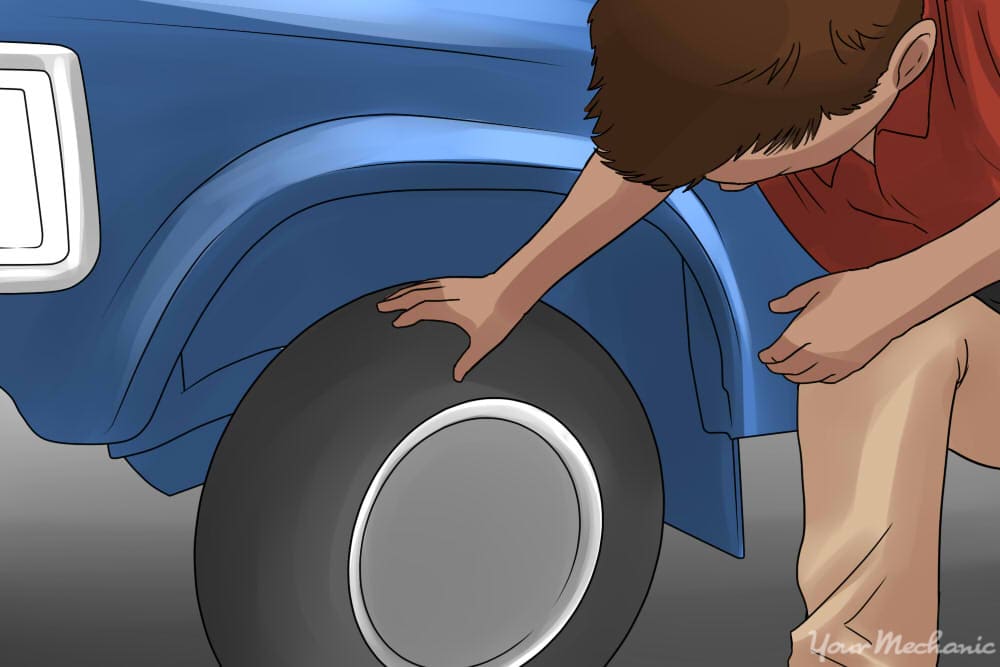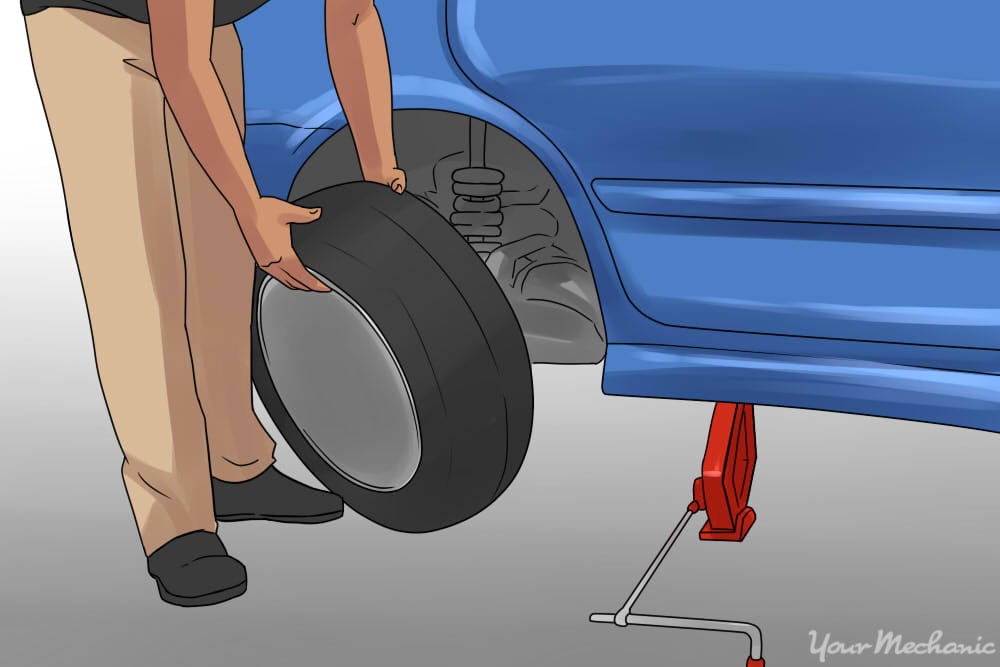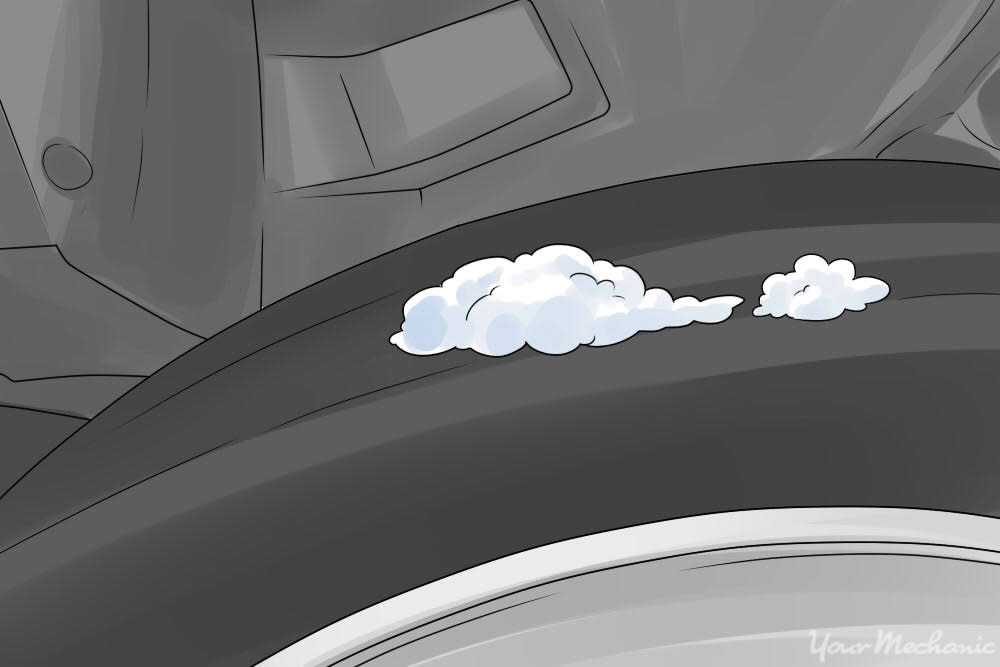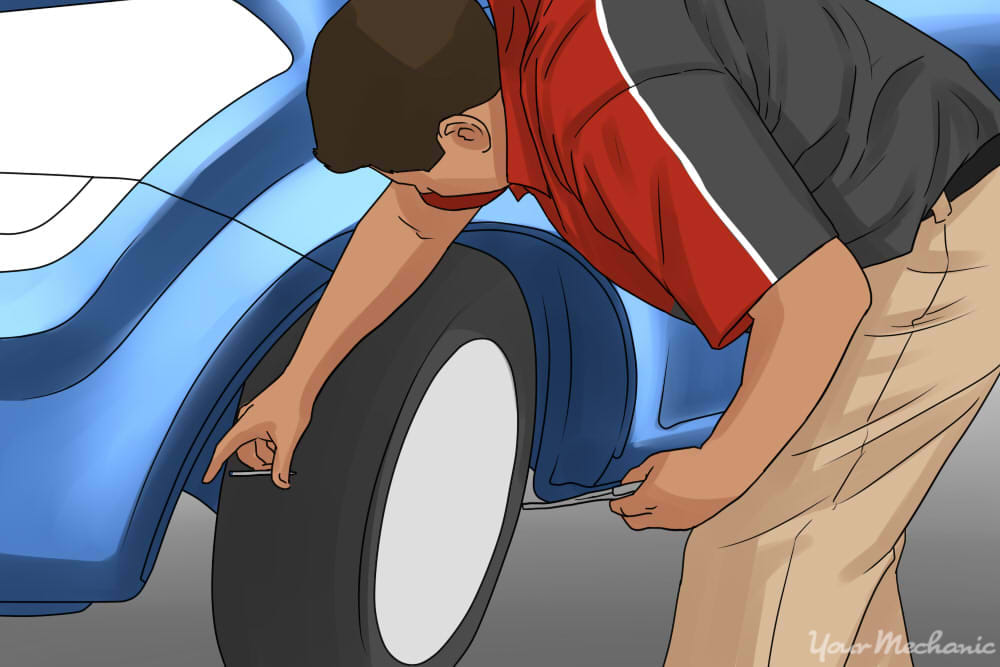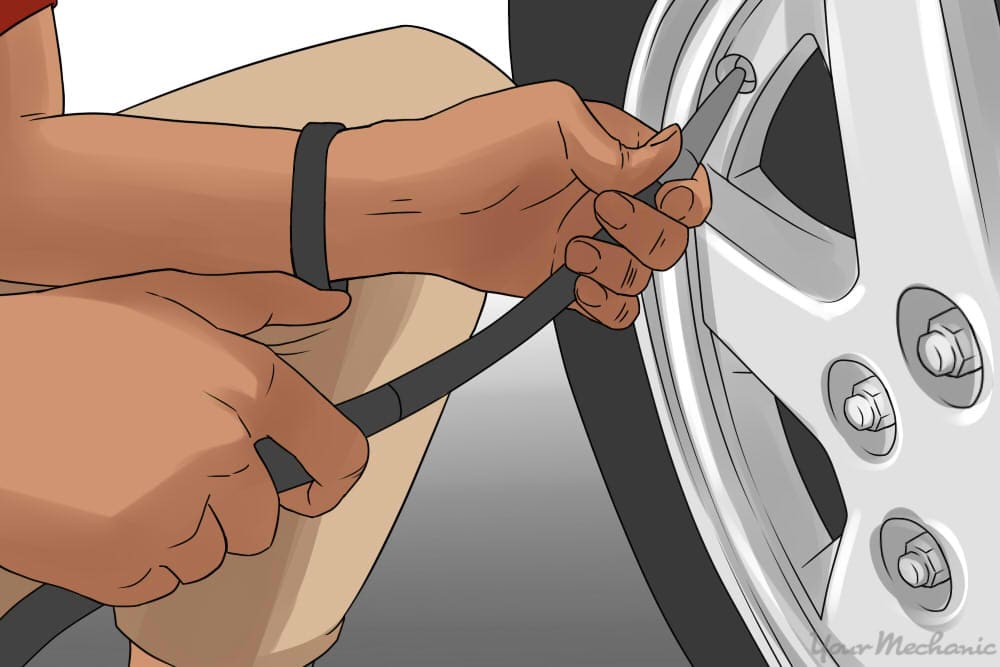

Your tires go through a lot of abuse on the road in order for your ride to be smooth, quiet, comfortable, and safe. Taking care of your tires is essential in order to get as many miles out of them as you can before you have to change them.
Checking the air pressure of your tires regularly (at least once a month) is necessary to avoid the many issues that can arise from uneven or low tire pressure. When uneven tire wear occurs it creates irregular tread wear and can wear tires out fast, forcing you to have to purchase new ones. It also requires more frequent tire rotations, and even more frequent wheel alignments.
Also, low tire pressure can cause irreparable damage to the wheels, which are expensive to replace. Worse yet, low tire pressure is one of the leading causes for flat tires, which is inconvenient at best and potentially dangerous as you may lose control of the vehicle.
Although it is normal for tires to leak air after time (which is why you should check the pressure every month), you might notice that the pressure seems to fluctuate more often than normal. In this case, you might have a puncture or some other problem that’s causing them to leak faster than normal. Luckily, there are a few at-home steps you can take to determine what’s wrong with your tires so you can get them fixed before you end up on the side of the road. Follow the steps below to learn how you can check for tire leaks.
Method 1 of 1: Check for tire leaks with household items
Materials Needed
- Air compressor, or air pump
- China marker (a bright color, like yellow or red, is best)
- Jack
- Magnifying glass (optional)
- Pliers (optional)
- Soapy water with a sponge or in a spray bottle (optional)
- Tire iron
- Tire plug (optional)
- Tire pressure gauge
- Tire reamer
Step 1: Check the tire pressure. You’ll need to check the tire pressure with a pressure gauge first to get an initial reading of the tire pressure. The optimum tire pressures for specific weather is usually located on the tires themselves, printed on a panel on the inside of the driver’s side door, or within the manual. Fill the tires to these specifications.
- Tip: Make sure you pay attention to the optimum tire pressure in cold weather or warm weather and check accordingly. These number will vary significantly, and you do not want to overinflate your tires
Step 2: Look for leaks. Look and listen for a leak in the suspect tire. If you hear a high pitched hiss, then you definitely have a leak.
You might find an object like a nail or splinter of wood stuck within the tread. Look closely and carefully as the color of the object might be similar to that of the tire.
If you hear air escaping, try to feel where it is coming from with your hand.
If you do find a foreign object embedded in the tire, pull it out carefully with pliers, and circle the spot clearly with a China marker to make it easy to locate again. Proceed directly to Step 5.
Step 3: Remove the tire. Alternatively, If you can’t hear or feel the leak, but you’re almost certain there is a leak in a specific tire, use a vehicle jack and a tire iron to help you remove the tire.
Check the tire thoroughly on both inside and outside sidewalls and all along the tread, following the steps above. If necessary, do this for all tires with suspected leaks.
- Tip: Use a magnifying glass to check for cracks and other defects that might be too small to see with the naked eye.
Step 4: Pour soapy water on the tire. Use a soapy water solution to help locate the leak.
Prepare soapy water in a bucket and spread it over the tire with a sponge, or put it in a spray bottle and spray it along the suspected areas.
Cover about one sixth of the tire at a time and inspect the area of the tire thoroughly. If you see bubbles forming on the tire continuously, you’ve located the leak.
Dry the area and circle the leak with the China marker.
-
Tip: Make sure you inspect the entire circumference of the tire, even after you’ve detected a leak, just in case there’s more than one. Always circle all leaks with the China pen so they’re easy to locate upon repair.
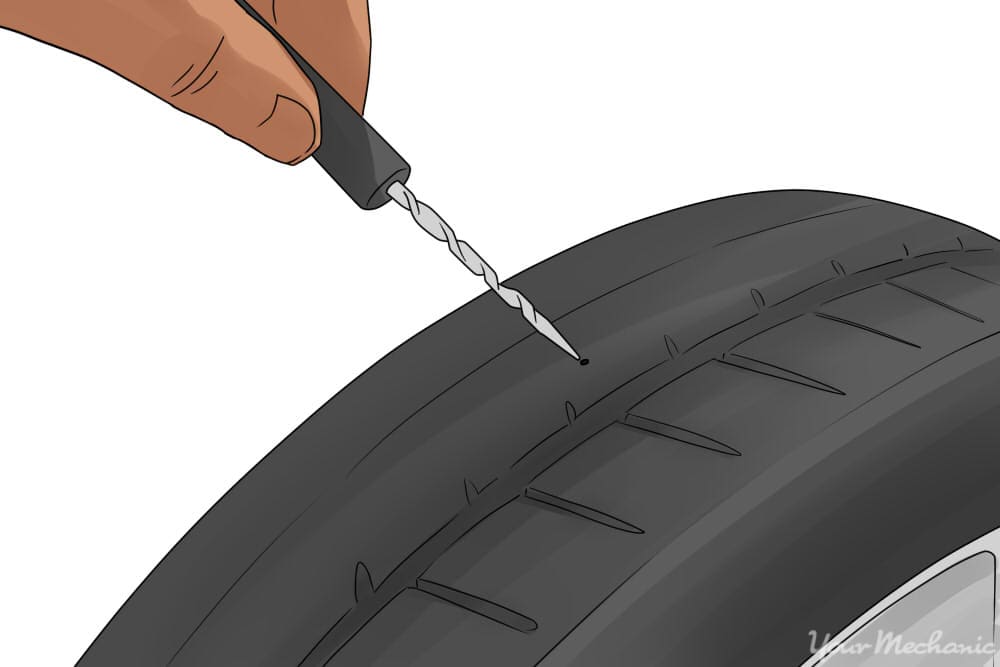
Step 5: Repair leaks with a tire plug. Once you’ve found all the leaks in your tire(s), and they are smaller punctures (less than a quarter inch across), you can repair them temporarily with a tire plug.
If you’ve already removed an object that was embedded in the tire, use a tire reamer to create a smooth, uniform hole, and insert the tire plug, making sure it fits very tightly.
Use the China marker to create another circle around the puncture.
Step 6: Get an interior patch. As long as your tire sidewalls and tread are in good condition, you can take your tire(s) to a tire service center to get an interior patch.
If the tire(s) are in bad condition and the tread indicator levels are showing or the sidewalls are damaged, you will need to purchase quality new tires to be replaced by tire service professionals.
If you are unsure whether or not your tires need to be replaced, one of our top-rated mobile mechanics can help. YourMechanic offers a variety of tire inspection services for cupped tires, excessive wear, tire feathering, or uneven tire wear. If you don’t need an inspection, but know you need your tires rotated we can take care of that for you. Contact us and one of our top-rated mobile mechanics will come to your home or office.


